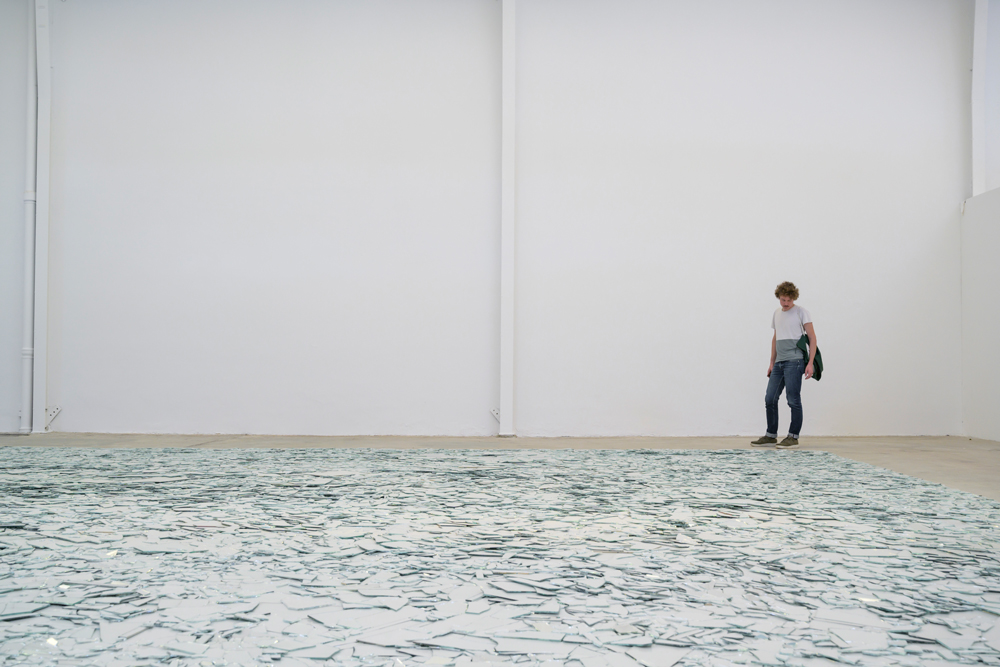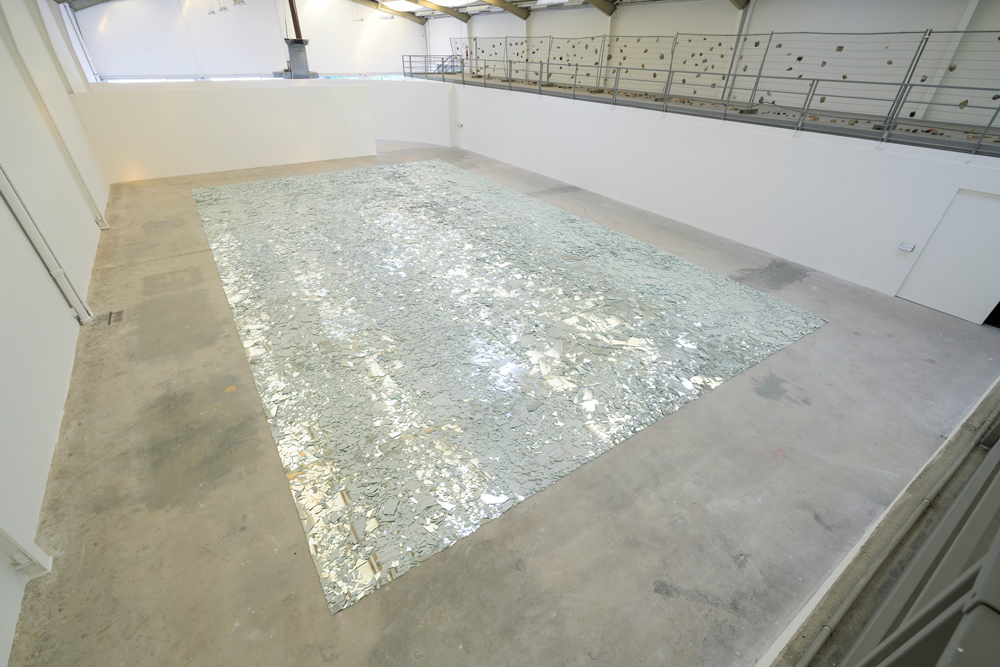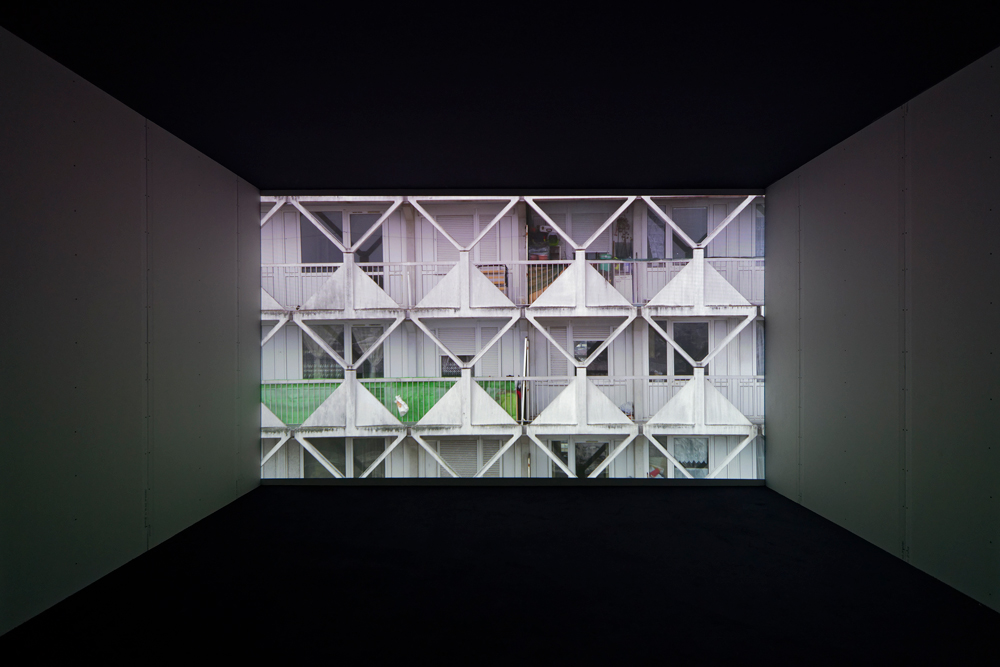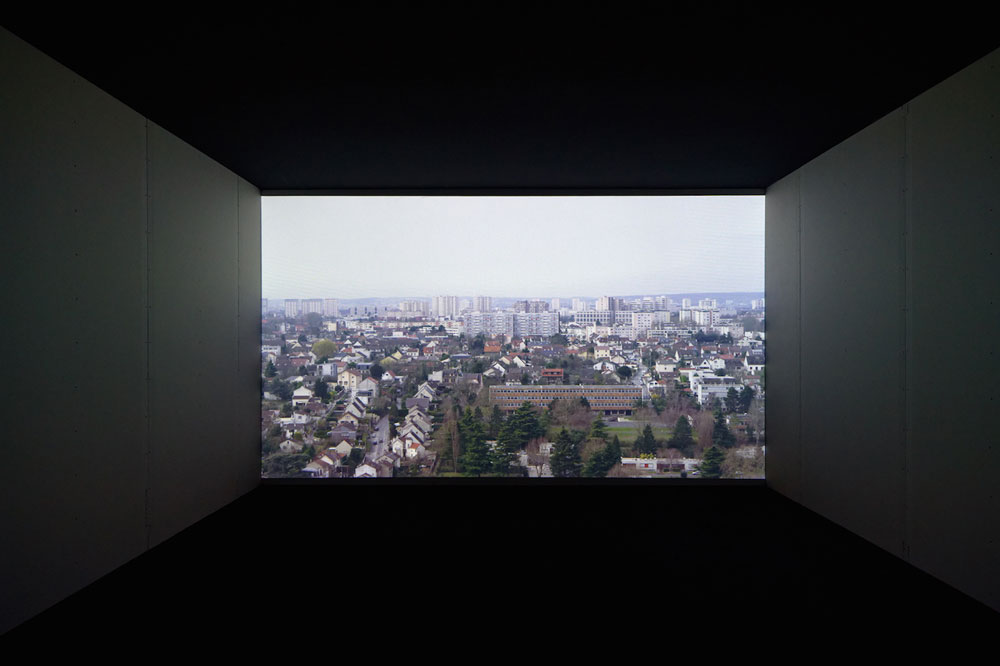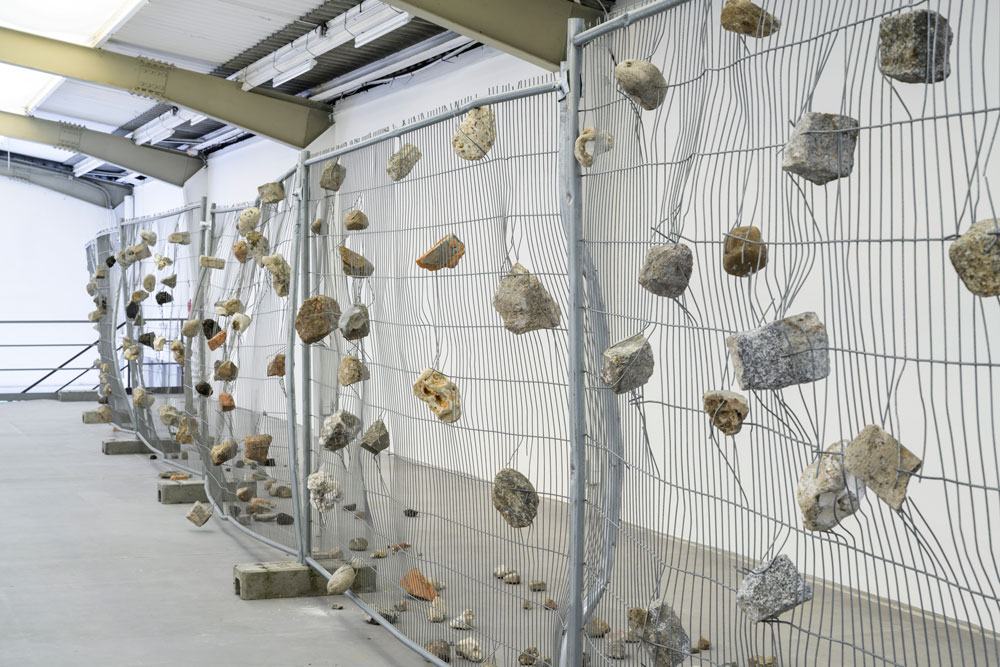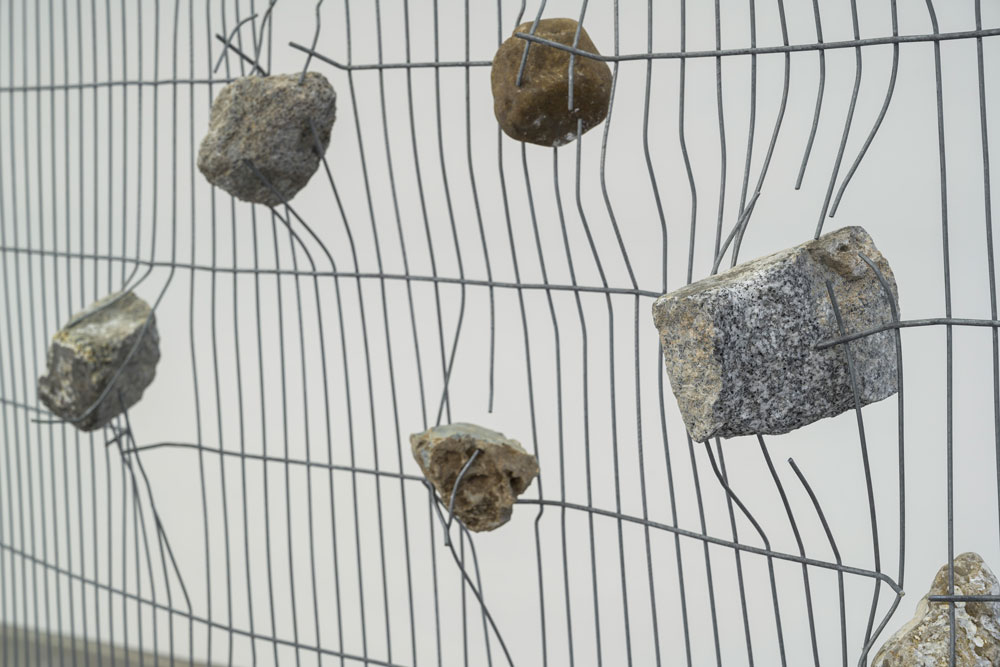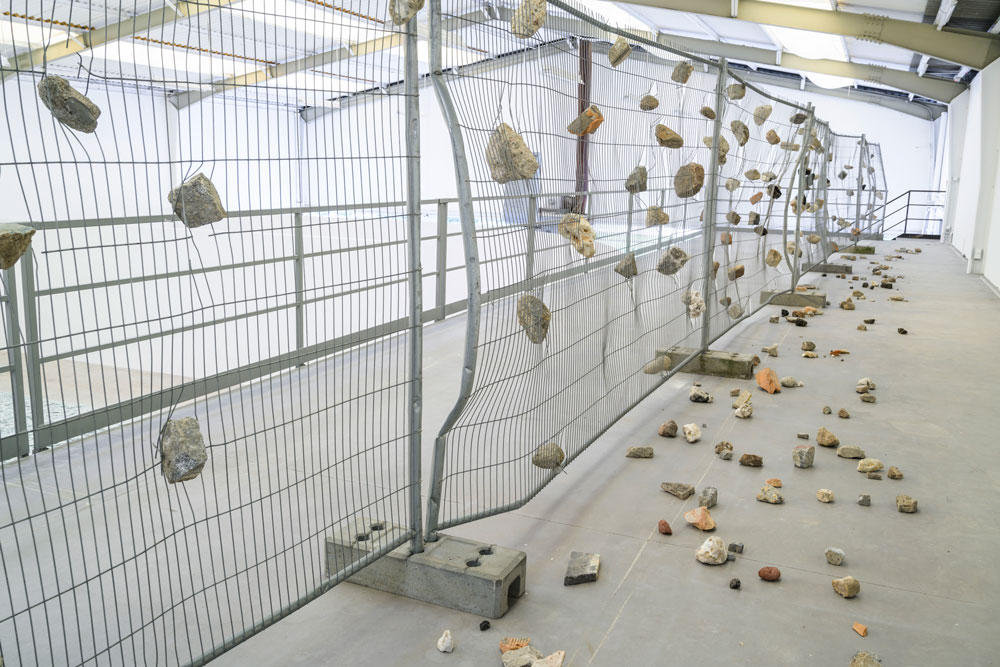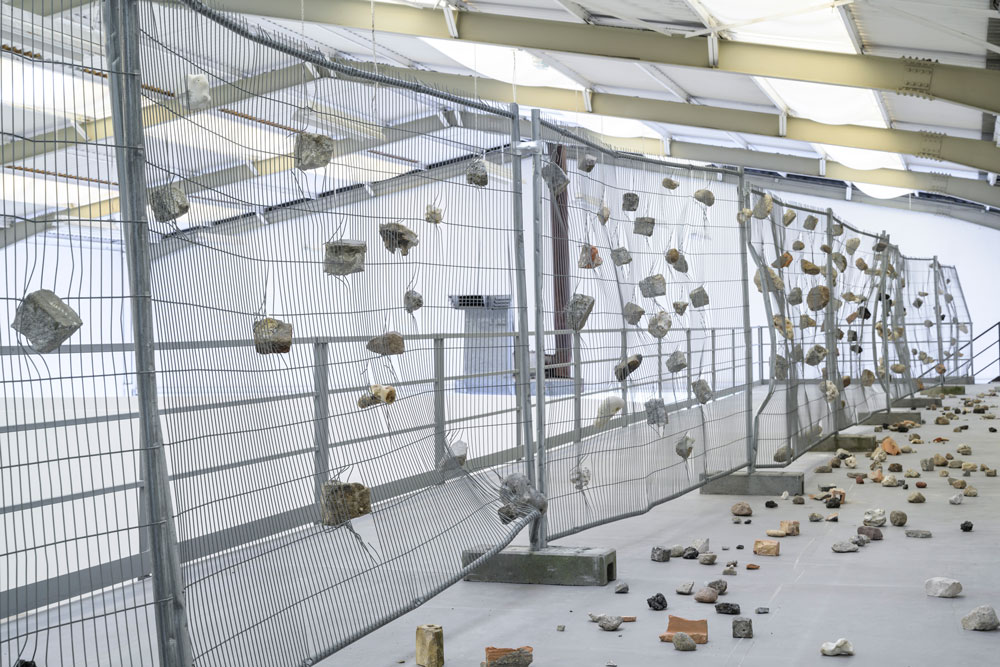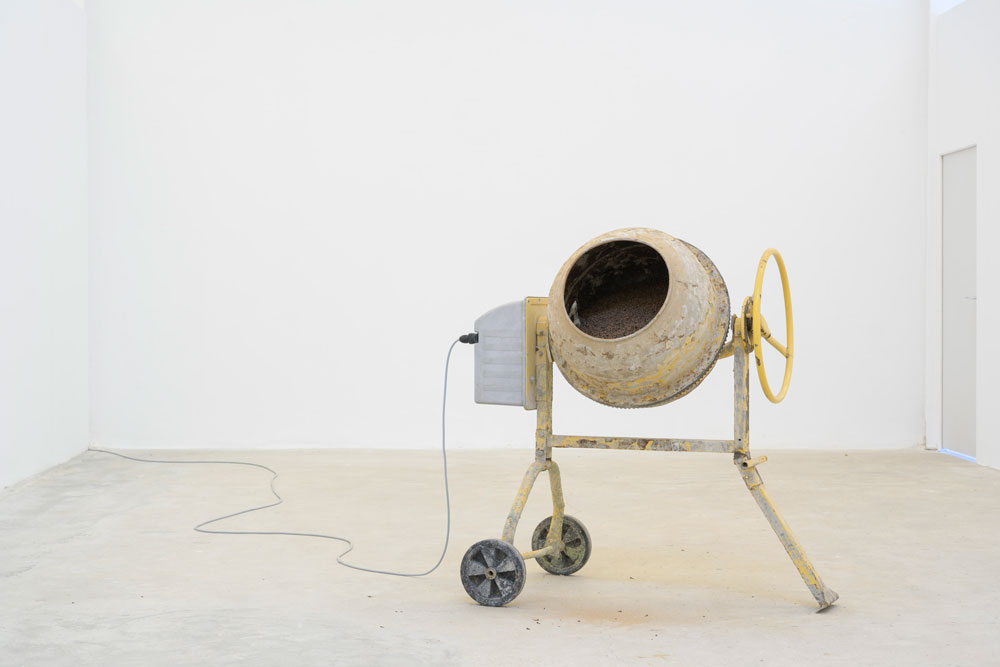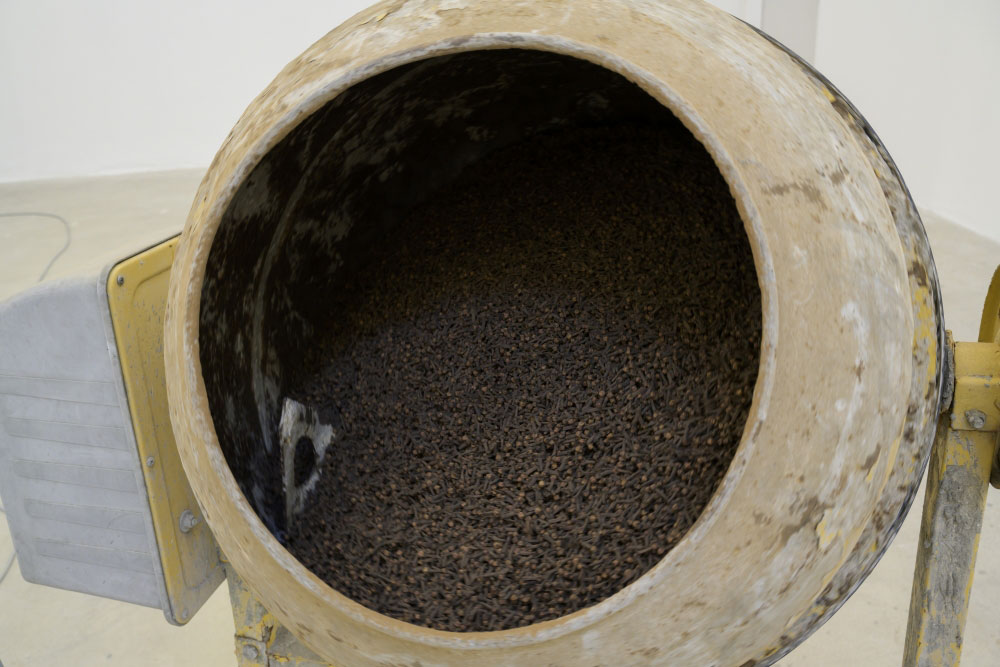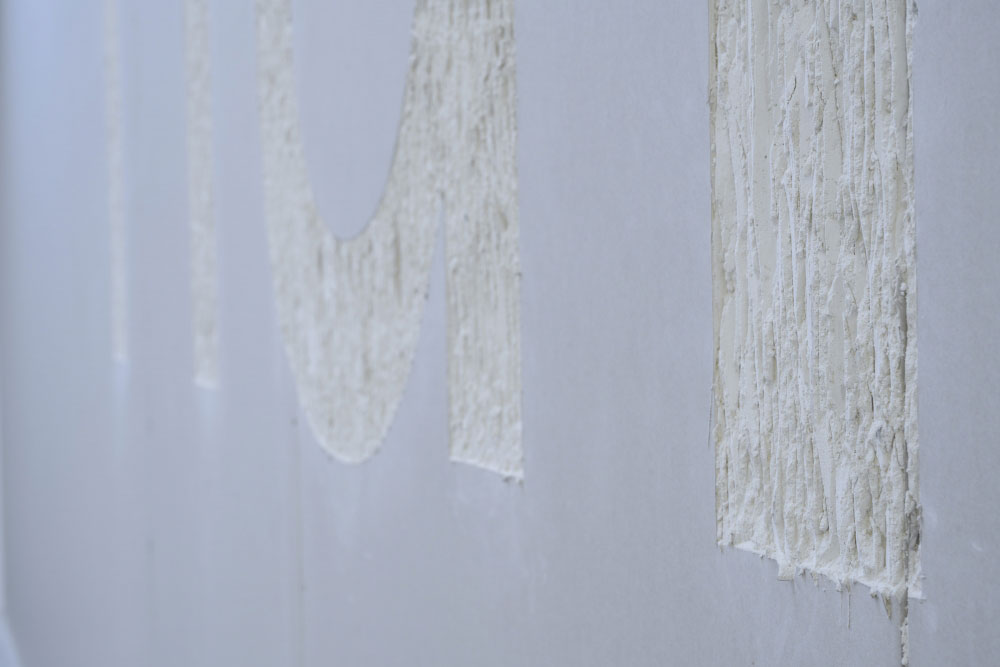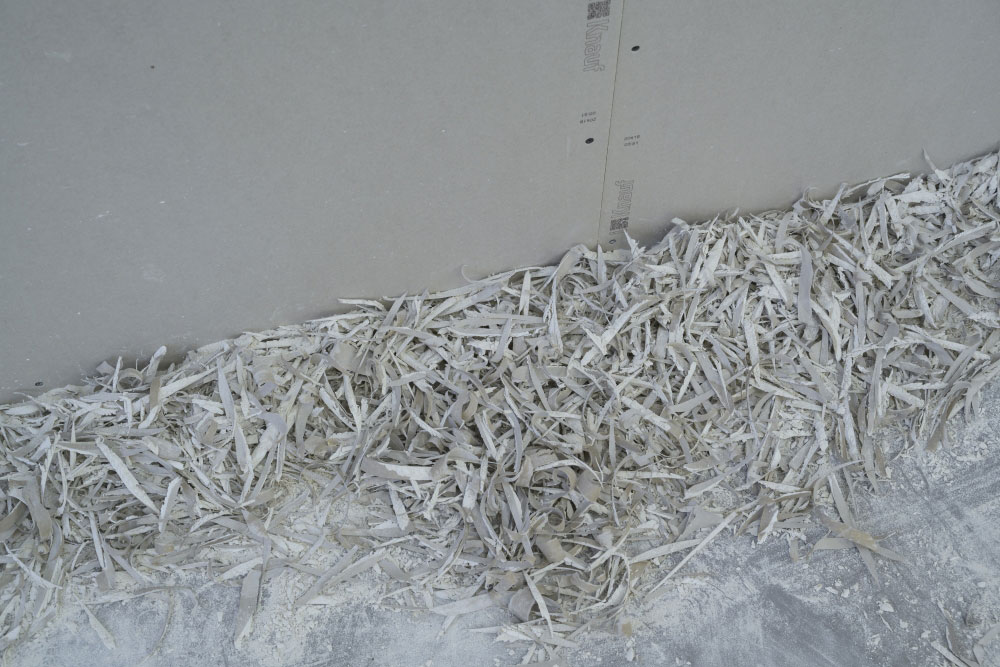ART-PRESENTATION: Kader Attia-Silence Kills
 Kader Attia’s background informs a practice that reflects on prevailing differences between contemporary cultures and aesthetics, and on the impact of dominant Western societies on their former colonial counterparts in the context of a globalized world. In installations, photographs, and videos, Attia focuses on the liminal zones that separate contrasting sensibilities, and on attempts to close these gaps. Much of his research has been centered on the concept of repair, which he regards as a human constant envisioned in opposing ways by Western modernists and Eastern traditionalists.
Kader Attia’s background informs a practice that reflects on prevailing differences between contemporary cultures and aesthetics, and on the impact of dominant Western societies on their former colonial counterparts in the context of a globalized world. In installations, photographs, and videos, Attia focuses on the liminal zones that separate contrasting sensibilities, and on attempts to close these gaps. Much of his research has been centered on the concept of repair, which he regards as a human constant envisioned in opposing ways by Western modernists and Eastern traditionalists.
By Dimitris Lempesis
Photo: Galleria Continua Archive
Kader Attia’s exhibition, “Silence Kills”, includes works exhibited for the first time in his retrospective at MacVal in Vitrysur-Seine in 2018. Attia has been researching the history of Algeria, his country of origin, investigating individual and collective identity, as well as the development over time of nations and their inhabitants. He has been studying the cultural differences produced through migrational flows, and the new relationships that emerge out of a multicultural world. He interrogates memory and those personal recollections that form physical and symbolic scars. The concept of repair, at once as a type of reappropriation and a form of resistance, occupies a central place in Attia’s artistic practice. In the work Traditional Repair, Immaterial Injury , the artist ‘repairs’ the cracks in the floor of the Gallery, plugging the cement with metal staples. The crack has been repaired then, but the action has left a trace that is visible to the attentive eye. The reflective surfaces of the installation “Le grand miroir du monde” cause our surrounding reality to enter into the work. The multiplying images in the mirror shards disturb our sense of objective perception and reflect a fragmented world. The broken edges of the mirrors become caesurae and simultaneously describe zones of emptiness in need of filling in. Kader Attia uses ordinary materials, including modern construction materials, that he then transforms into the media of his artworks. The standard-dimension sheet of Placopatre BA13, the cheapest and most common home insulation material, becomes a surface on which Attia carves the word “humiliation”. The gesture is at once painstaking and repetitive, degrading, gradually wearing away at the insulation sheet, letting the plaster dust fall to the ground as a trace of a wound inflicted on the material. Kader Attia’s work stands out for its powerful, at times violent aesthetic, though it is an aesthetic that is constantly guided by a firm ethical commitment. He uses the terrain provide by the arts to observe a range of urban realities, including the consequences of colonisation and globalisation. With his installation “On n’emprisonne pas les idées” which emerged from the collective repression of the refugees camping out around Stalingrad in Paris in 2018, Attia pays homage to the obstinacy of struggle and highlights the importance of the gesture that opposes discrimination and restrictions on freedom. No State, no border can imprison ideas. Barriers are physically transgressed by stones, the stones here remaining suspended in a gesture of destruction. In one of his latest works, the video “La tour Robespierre” (2018), Attia has focused on architecture with a fascinating geometric aesthetic, the product of a utopic moment in history when housing plans promised democratic material and aesthetic comfort for all. The repeating lines of the structure and the cement rhythmically delimit the modern apartments of the skyscraper, revealing the homogeneity of an ideal but jammed-up social machine. At the end of the video, the camera turns back on the city, concluding with a series of open questions about the consequences of the West’s centuries-long domination of other cultures. Ephemeral, immaterial elements, like words, smells, sounds, and passing images also leave indelible marks on people. A cement mixer becomes in the context of the exhibition a symbol of immigration, in particular immigration to France. “Parfum d’exil” organises the continuous movement of the cement mixer that is here to be found grinding cloves, a spice traditionally used in the Middle Eastern cooking of Kader Attia’s childhood. Cloves were imported to the West for their powerful scent as well as their anesthetising properties, and now they release an intoxicating aroma into the air.
Info: Galleria Continua Moulin de Boissy, 46 Rue de la Ferté Gaucher, Boissy-le-Châtel, Duration: 13/10/19-10/5/20, Days & Hours: Tue-Sun 12:00-18:00, www.galleriacontinua.com
